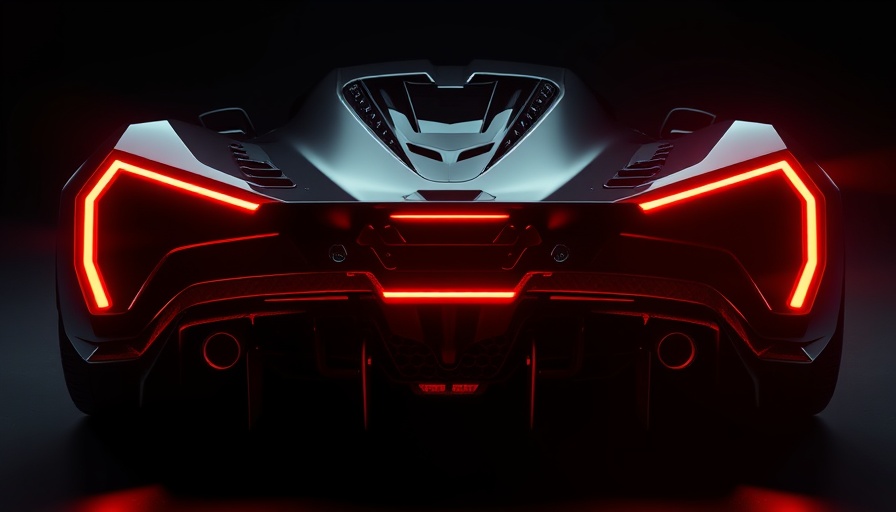
The Underdog's Triumph: Praga Bohema Takes the Spotlight
In a stunning display of engineering and performance, the Praga Bohema has made headlines by setting a new lap record for pure combustion-powered cars at the famed Top Gear test track. This remarkable achievement comes from a manufacturer that many automotive enthusiasts may not even recognize, showcasing how small players can disrupt the established order within the hypercar segment.
What Makes the Bohema Stand Out?
The Praga Bohema packs quite the punch despite its humble branding. This vehicle boasts a reworked 3.8-liter twin-turbo V6 engine sourced from the Nissan GT-R, capable of producing an impressive 700 horsepower. Lightweight carbon fiber construction means that the Bohema tips the scales at a mere 2,300 pounds, allowing it to accelerate rapidly and achieve impressive lap times.
In the hands of Ben Collins, the former Stig, the Bohema managed to clock a remarkable 1:09.8 lap time, surpassing well-known supercars like the Ferrari 488 Pista. Most incredible of all, it outperformed the Koenigsegg Jesko—a hypercar with more than double its horsepower—on the same track that many legendary automotive icons have graced. This feat not only highlights the vehicle’s engineering superiority but also raises questions about the traditional metrics used to judge performance in the automotive world.
Level Playing Field? Not Quite
While the Bohema's achievements are impressive, the circumstances surrounding its record are worth noting. Unlike traditional Top Gear challenges, where The Stig had only one flying lap to set a time, Collins completed multiple laps, gaining an intrinsic understanding of the vehicle's dynamics. This warrants a closer look at how competitive records are established and whether they reflect true potential. Nevertheless, Praga’s victory signals a new era in automotive performance, one where niche manufacturers can challenge industry titans on their own turf.
The Future of Performance Cars: The Bohema's Impact
The Praga Bohema's accomplishments don't just highlight its potential but could signify a shift in the automotive market. As electric and hybrid supercars rise in popularity, the fierce competition from traditional combustion engines remains relevant, especially for enthusiasts who crave raw power and analog driving experiences. The Bohema proves that with smart engineering and a bit of ingenuity, even underdogs can leave a significant mark in automotive history.
Conclusion: Celebrating Innovation
The emergence of the Praga Bohema emphasizes the importance of innovation and agile engineering in the fast-evolving world of supercars. As auto enthusiasts, it’s an exciting time to witness smaller manufacturers like Praga challenging established norms and redefining performance benchmarks. Look for the ongoing developments from these innovative companies and the surprises they may bring to the industry.
 Add Row
Add Row  Add
Add 




 Add Row
Add Row  Add
Add 

Write A Comment